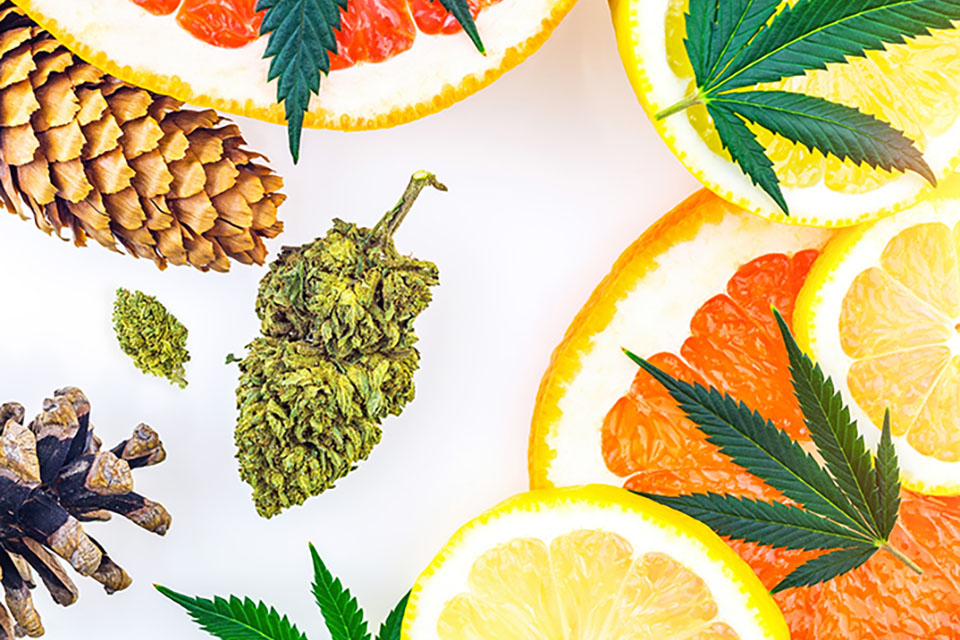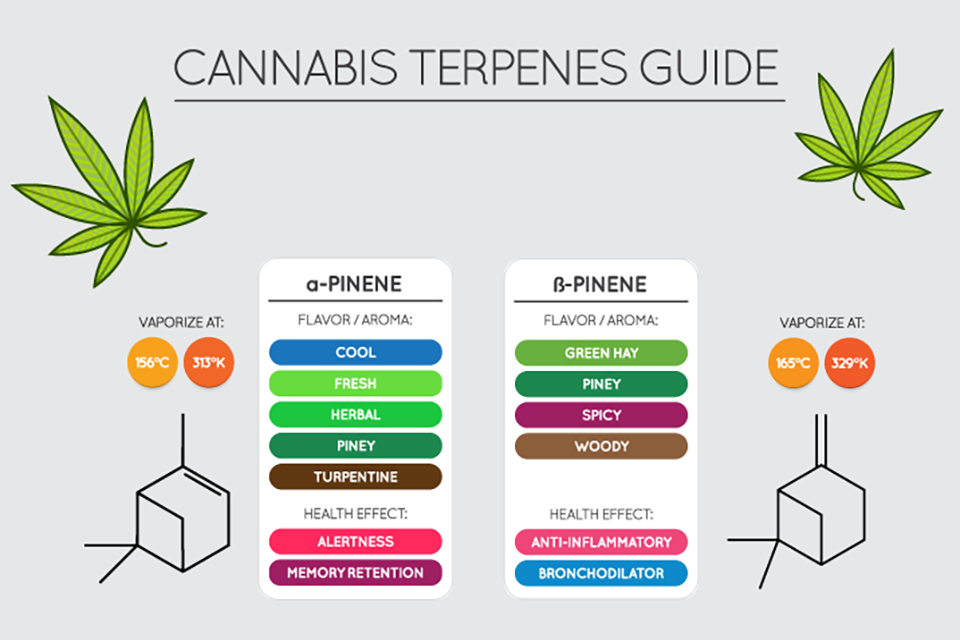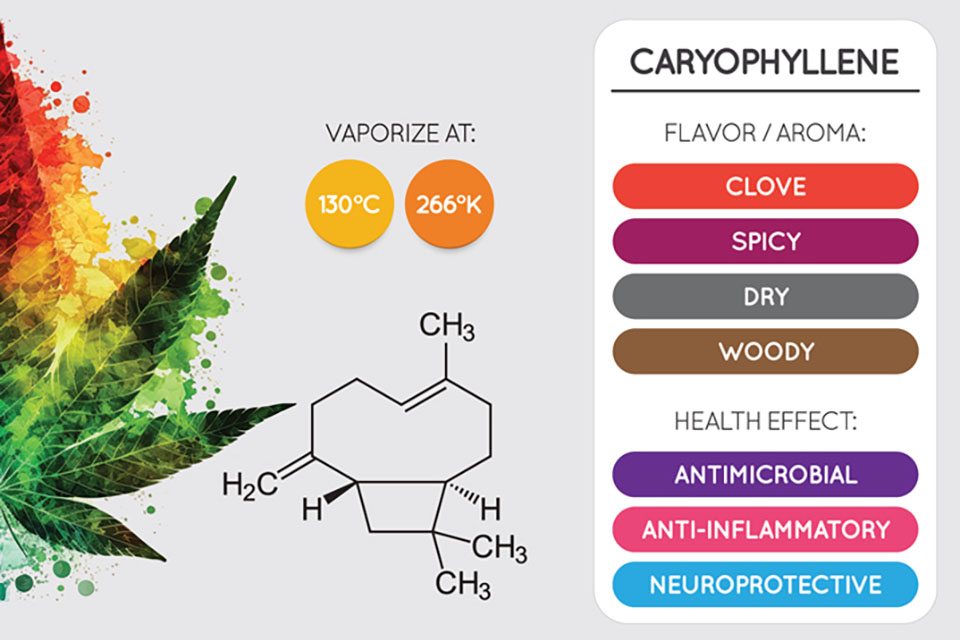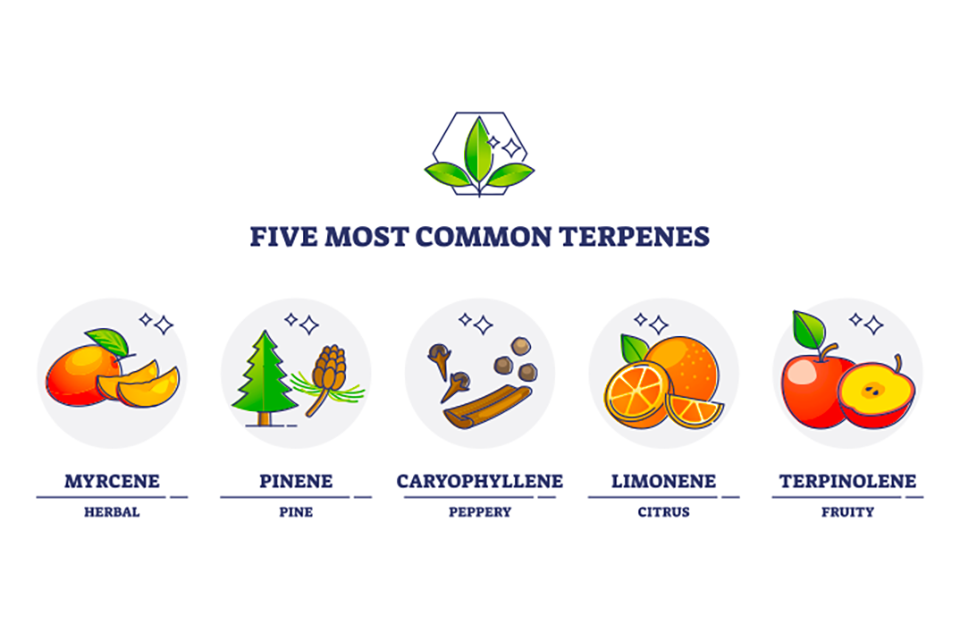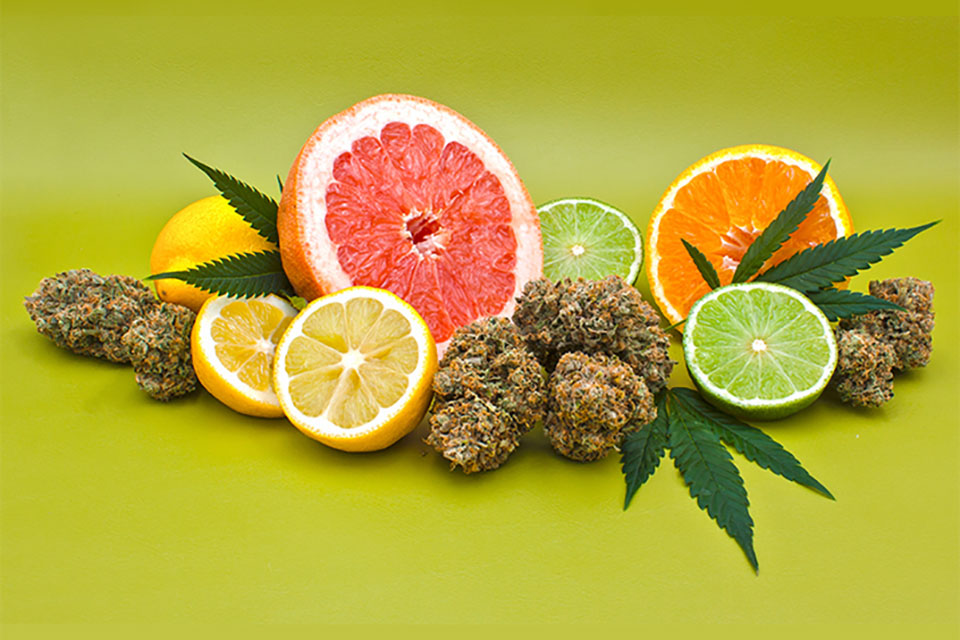
Many marijuana growers prioritize maximizing their yields above all else, but more often than not, that is a costly mistake. Today’s discerning medical and recreational consumers are much pickier than their predecessors when it comes to the smell and taste of their cannabis. Growers from Nevada to Pennsylvania who make an extra effort to maximize taste and smell can typically get more money for their products, and they do not have to reduce their yields to do it.
Many factors influence smell and taste, ranging from what strains of marijuana growers choose to plant to how they cure the dried flower. We sell a huge variety of incredible weed seeds including medicinal, autoflowering, and feminized options. This article will offer a comprehensive overview of everything growers need to do throughout their plants’ life cycles to maximize taste and smell without decreasing yield.
Choosing Seeds
Some strains of chronic seeds are more aromatic than others and each strain smells a little different. That is because each strain has a different terpene profile.
What Are Terpenes?
Terpenes may not be as well-known as other plant components like THC and CBD, but they are just as important when it comes to producing a high-quality product. Scientists have identified over 100 unique terpenes in cannabis plants and as research continues, the number of recognized terpenes does too.
Thankfully, there is no need for growers to familiarize themselves with every terpene. Instead, they can learn about the terpene profiles of their favorite strains. Since terpene profiles are largely inherited and are not subject to much variation from environmental change, they can expect consistent results. Here are a few of the best-known terpenes found in popular strains to get growers started:
- Myrcene produces a sweet, berry aroma
- Limonene smells like citrus
- Terpinolene has a floral smell
- Caryophyllene produces a peppery aroma
- Pinene has a piney scent
- Linalool smells like lavender
- Evaluating Terpene Profiles
Each strain of marijuana has many terpenes. When researching which strains will produce the best aroma and taste to match a particular consumer or market’s preferences, look at the concentrations of different terpenes. It is the ones found in the highest concentrations that will impart their scents and tastes most strongly to the marijuana flowers.
Maximizing Terpenes
The more terpenes a pot plant has, the stronger it will smell and taste. This is true regardless of which terpenes are found in the highest concentrations in a strain. The best way to maximize terpene production is to place the plants under a small amount of stress.
Stressing plants requires a careful balance. Apply too much stress, and the plants will produce a much smaller harvest or even die before they can be harvested. Apply too little stress, and it will not have any noticeable effect.
It is best to start applying stress in small doses after the plants have entered the flowering stage. There are several safe ways to apply minor stress that will not pose a huge risk of damage to the plants. They include low-stress training (LST), super cropping, and stripping the leaves.
Low-Stress Training
LST involves training the stems of cannabis plants by bending them slightly and holding them in place, usually with wires or hemp twine. Even novice growers can try this technique without fear of damaging their plants or decreasing their yields. Just gently bend the tallest stems until they are on the same level as the shorter ones, pulling them down and away from the center of the plant.
This technique comes with the added advantage of boosting plant growth and bud development, as it exposes more of the leaves to light and expands the amount of space each stem has for nodal development. It will not boost terpene production as much as some of the other techniques mentioned below, but it can be used in conjunction with them to maximize yield, taste, and smell.
Super Cropping
Super cropping takes a slightly more aggressive approach to stressing the plant. It involves bending the plant’s stems more substantially without breaking them completely or creating external damage. In other words, bend them enough that it creates a visible kink in the stem, but do not break them.
This high-stress technique is more effective at increasing terpene production than LST because it takes advantage of the plants’ natural defense mechanisms. When a plant is under moderate stress, its natural response will be to increase both terpene and cannabinoid production and speed growth.
The reason that plants placed under stress devote more of their energy to producing larger flowers is an obvious one. Cannabis plants share the same natural drive as all other living things: to reproduce. In the wild, a slightly stressed plant will increase traits that increase the likelihood of passing on its genetic information. In a controlled grow, those larger flowers will not be pollinated but they will produce a higher yield.
The benefit of increasing terpene and cannabinoid production when under stress is a little more subtle. Many believe that it is a natural defense against pests and predators. While even minor stress can leave all plants more vulnerable to pest attacks, strongly scented plants are less appealing to most mammals, birds, and insects. Thankfully, they are more appealing to most human consumers, so this defense mechanism works in growers’ favor.
Leaf Stripping
Experienced growers sometimes choose to strip the leaves around their plants’ buds once they have started to form. This is an advanced technique that should not be practiced by novice growers, especially given that different plants respond differently to manual defoliation. The best thing to do is to start slow and only continue if defoliation produces concrete results.
Nutrient Restriction
More commonly referred to as “flushing,” nutrient restriction can be a method for stressing plants, but it does not just improve taste by increasing terpene production. Flushing also removes excess nutrients and minerals from the soil and, subsequently, from the plant material so that growers can avoid those unpleasant, harsh, chemically tastes that come along with excess nutrient content in their buds.
When to Flush
The best time to flush cannabis plants is around two weeks before harvesting them, but this guideline is flexible. A better way to determine when to flush is to look at the plant’s trichomes. If they are just beginning to turn from clear to white and milky, the buds are getting ready to reach maturity soon and the plants are ready to be flushed.
This technique should be followed by all growers, both indoor and outdoor, no matter their skill level because it provides amazing results and, if done correctly, poses only a minimal risk to the plants. Even hydroponic growers can flush their plants using specialty products that pull the minerals from water, although they typically only flush their plants a few days before harvesting them.
How to Flush
To maximize quality and yield, most growers feed their plants once a week throughout both the vegetative and flowering phases of growth. To flush the plants, just stop feeding them and instead water them heavily with clean, pH-neutral water. Many growers use distilled water so they can avoid introducing new minerals to the soil.
It is easiest to determine how much water to use with potted plants. Just water the plants until the excess liquid starts pouring from the bottom of the pot. At this point, give them a rest for several minutes before repeating the process. After the second flush, the water should appear clear.
Those who want to go one step further can measure the mineral and nutrient content of their water using an EC meter. After flushing, the soil should have a total dissolved solids (TDS) ratio of 400 – 500 ppm.
Managing Light for Better Taste and Smell
A correct balance of light and darkness is essential to support all aspects of cannabis growth. The right balance can also improve taste by increasing terpene production. Outdoor growers only need to worry about light ratios when it comes time to induce flowering, but indoor growers can control how much light their plants get throughout the entire growth cycle.
Seedlings grow best when exposed to constant light for the first two to three weeks after germination. Plants in the vegetative stage perform best with around 18 hours of light per day. When weed plants get ready to flower, though, growers should begin restricting light to 12 hours per day. Indoor growers can do so by adjusting their lighting schedules, while outdoor growers can induce early flowering using a technique called black-boxing, which halves the plants’ sun exposure.
While terpene production is stimulated by light exposure, the hormones plants need to flower are produced at night. That is why a 50/50 split of light and dark offers a beneficial balance. The right light balance will improve not just the buds’ taste but also their potency and yield.
Drying and Curing
Just about every grower can attest that proper drying and curing is essential when it comes to locking in a delicious aroma and ensuring the potency of finished cannabis products. Most professional growers dry their plants in a dark environment for seven to ten days. It is important not to speed up this process by applying artificial heat or leaving cut plants hanging in the sun because quick drying times can reduce flavor and potency of marijuana.
Growers who live in dry climates can reduce the speed at which their plants dry out by leaving the sugar leaves and trim intact when they hang their plants. Just bear in mind that removing dry sugar leaves is more challenging than removing the flowers’ fresh sugar leaves. Some growers choose to dry their plants in a humidity-controlled environment so they can avoid that hassle.
Don’t wait until the buds have dried out completely to jar them. Instead, check each of the plants to see if it feels dry on the outside but still soft and fluffy, not brittle. The stems should also snap when bent if the plants are sufficiently dried.
Proper curing takes time. At a minimum, growers should allow three to four weeks of slow curing before smoking their products or selling them to consumers. Growers in humid climates often cure their buds for three or four months.
When the bud is ready to be smoked, it should be bright green, not dark green or brown, and should feature various hues depending on the strain’s terpene profile. Dark green colors mean that the flowers still contain some excess chlorophyll, which will produce a harsh, chemically taste. Brown buds indicate that the plants dried out too quickly. Novice growers should pay close attention during the curing process. Even if it does not go perfectly after the first harvest, growers will be able to improve their time frames and techniques for the next one.
Avoid Rookie Mistakes
Some growers think they can mask unpleasant tastes and smells using air fresheners or odor neutralizers, but that is a huge mistake. It exposes the plants to chemicals, which compromises the taste of the finished product, and can leave them prone to damage and decreased yields.
Another common and even more serious mistake is ignoring mold and mildew. Mold and mildew spread quickly, and growers will want to remove and dispose of affected flowers immediately. Mold will not just make the finished buds taste and smell terrible but can also induce health problems in smokers.
The Bottom Line
Cannabis legalization in California, Oregon, and Colorado led the way for increasing the supply of high-quality marijuana. Now these great results can be achieved anywhere in the country by growing your own premium weed from premium seeds. Since the techniques described above can also increase potency and yield, they are perfect for just about every grower.
Wherever you are at with cannabis culture, collecting authentic American seeds can be a fun preparatory step toward solid cultivation goals. Online cannabis seed banks like Weed Seeds Canada are set up to deliver weed seeds to your doorstep. Check out the online catalogue of seeds, strain profiles, terpene profiles, and prices. Happy growing!
